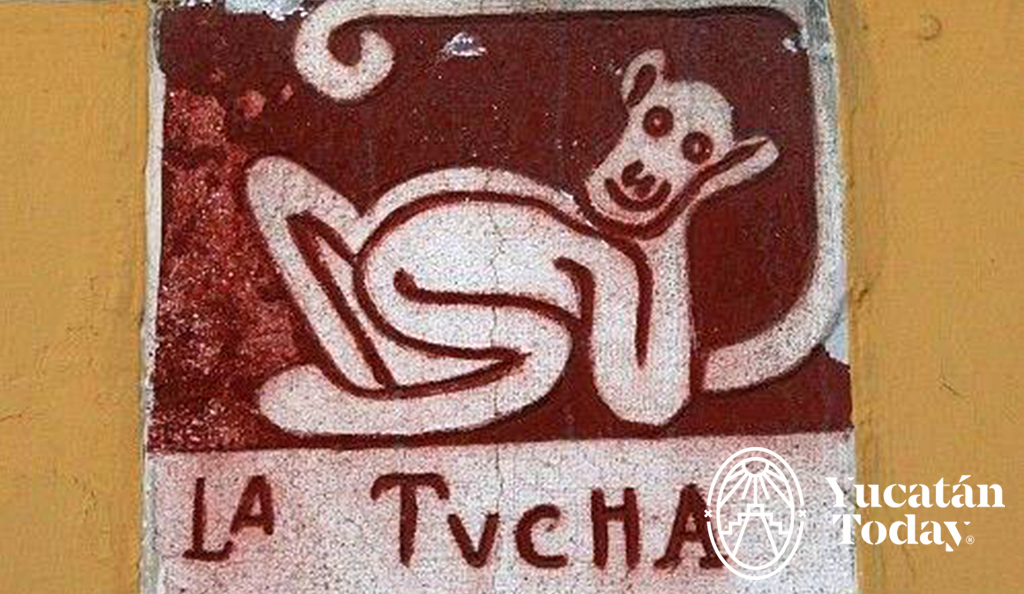
Las Esquinas de Mérida - Crossroads of History
 By now, you might already know that in Mérida, most streets have numbers instead of names (Calle 60, for example), while avenues usually allude to illustrious people, as it happens with Paseo de Montejo. In addition to these, Mérida gives specific names to the intersections, or corners, or crossroads of history in Centro Histórico; these are nicknames or references that locals have used for generations. Behind each one there is a story, a legend, or anecdote, which, together, have turned the central quadrant of the city into a live link with the past, continuing to tell, and make, history.
By now, you might already know that in Mérida, most streets have numbers instead of names (Calle 60, for example), while avenues usually allude to illustrious people, as it happens with Paseo de Montejo. In addition to these, Mérida gives specific names to the intersections, or corners, or crossroads of history in Centro Histórico; these are nicknames or references that locals have used for generations. Behind each one there is a story, a legend, or anecdote, which, together, have turned the central quadrant of the city into a live link with the past, continuing to tell, and make, history. You can easily find each corner’s name in Centro, because they have plaques that identify them. Some have their roots in Colonial times, including “El Huracán” (the hurricane), “El Ciclón” (the cyclone), “El Pato” (the duck), “La Tucha” (the monkey), and “La Estrella de Oriente” (the star of the east). Others, including “El Venadito” (the little deer), “El Chévere” (the ‘cool’), “Los Dos Toros” (the two bulls), “La Chaparrita” (the short woman), and “El Imposible” (the impossible) had later origins. For those who did not know how to read words or numbers, these references were the easiest way to find their way around the city, while others began to record notable events which had taken place near a specific street corner.
The legends or anecdotes connected to the street corners are still remembered, even after a building has disappeared. One of the most well known stories is about two street corners: “El Degollado” (the slain, at the corner of 60 and 67) and “La Veleta” (the fickle one, at the corner of 65 and 66). This was the scene of a tragic event. A barber, who had his business at the first corner, ended his life by slitting his own throat with the shaving razor when he was shunned by a woman who lived at the second corner, and who chose instead a better suitor, then governor Lucas de Gálvez. ![Las Esquinas de Mérida]()
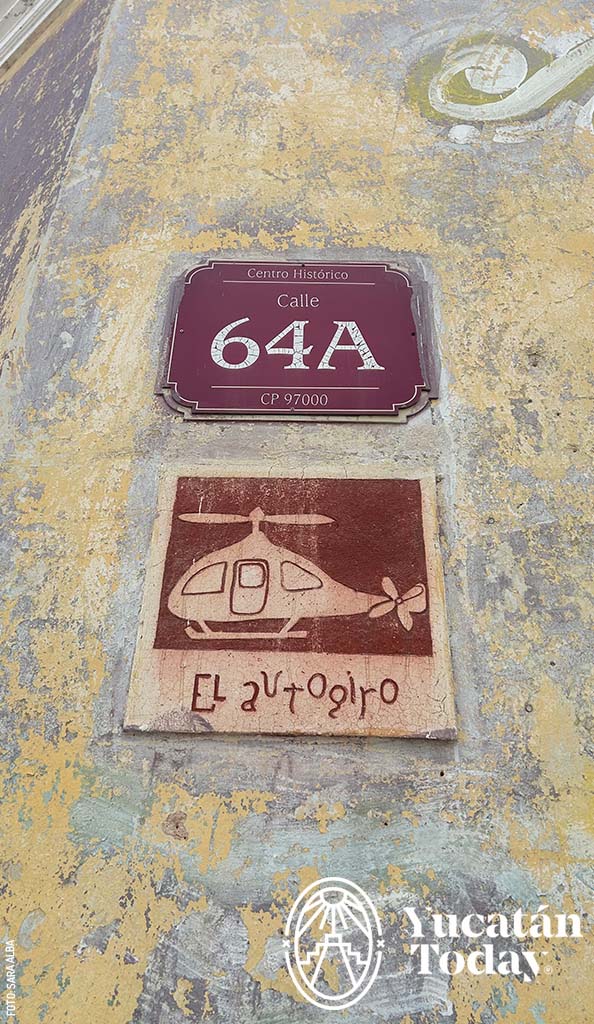
The story of “El Elefante” (the elephant, at 46 x 65) comes from the fact that the house owner decided on a whim to place a metal elephant on the roof terrace; “El Monifato” (at 65 x 42) is a stone monolith with the figure of the king Fernando VII of Spain which, it is said, was meant to make fun of the king. The corners of “El Limón” (the lime tree, at 52 x 55), “El Almendro” (the almond tree, at 63 x 76) and “El Tamarindo” (the tamarind tree, at 45 x 50), refer to trees once located there. “Los Dos Camellos” (the two camels, at 49 x 66) was the site where a Lebanese immigrant kept a pair of animals (male and female) he had brought here with the hope that they would reproduce, but without success. “El Polvorín” (the powder keg, at 60 x 103) is so named because of an accident at a nearby gunpowder warehouse.
So if you are walking anywhere near our historic street corners, look for the plaques on the corners. If you ask about the name at nearby businesses, you might be regaled with a fascinating story!

Author: Violeta H. Cantarell
“Meridana,” traveler, animal lover, passionate reader, commentator, and enthusiastic promoter of the natural and human beauty of Yucatán.
Receive the latest articles and much more from the best of Yucatán in your email!
Main topics that may interest you
Shortuts
Related articles
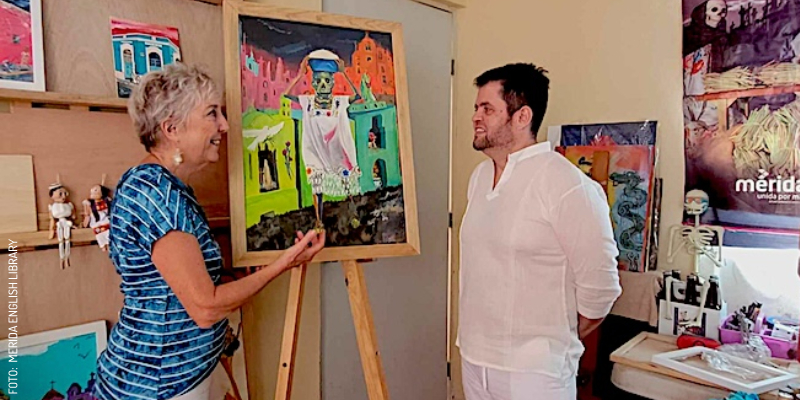
Culture
MEL's 10° Artist Studio Tour
Merida English Library (MEL) is celebrating its 10th Artist Studio Tour. Explore the magic of over 30 studios and 50 artists in Mérida!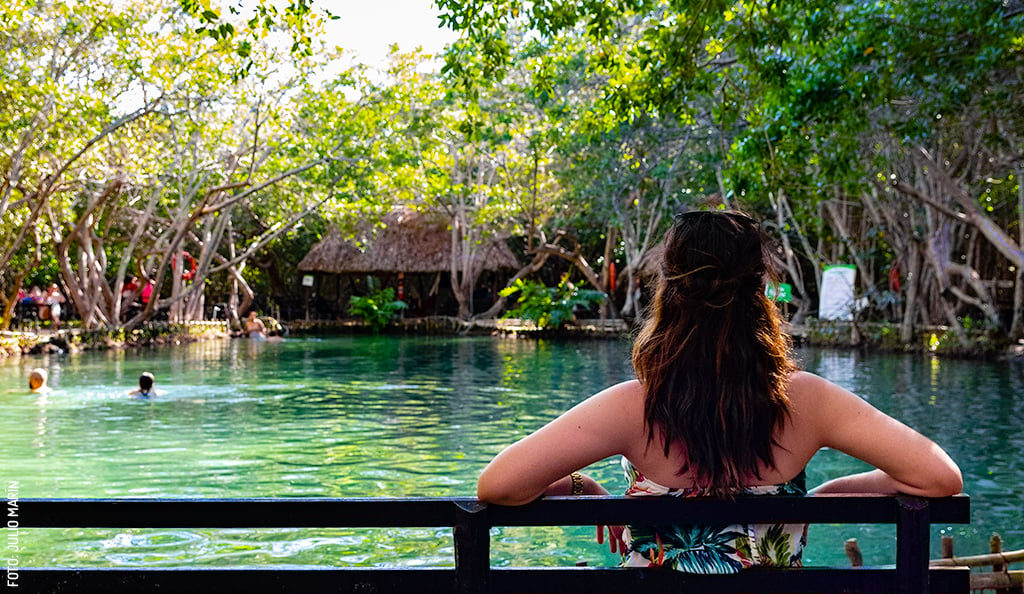
Destinations
El Corchito, a hidden paradise in the Progreso mangroves
There's something quite otherworldly about El Corchito, the ecological reserve just outside Progreso. For starters, it's sort of hidden in plain...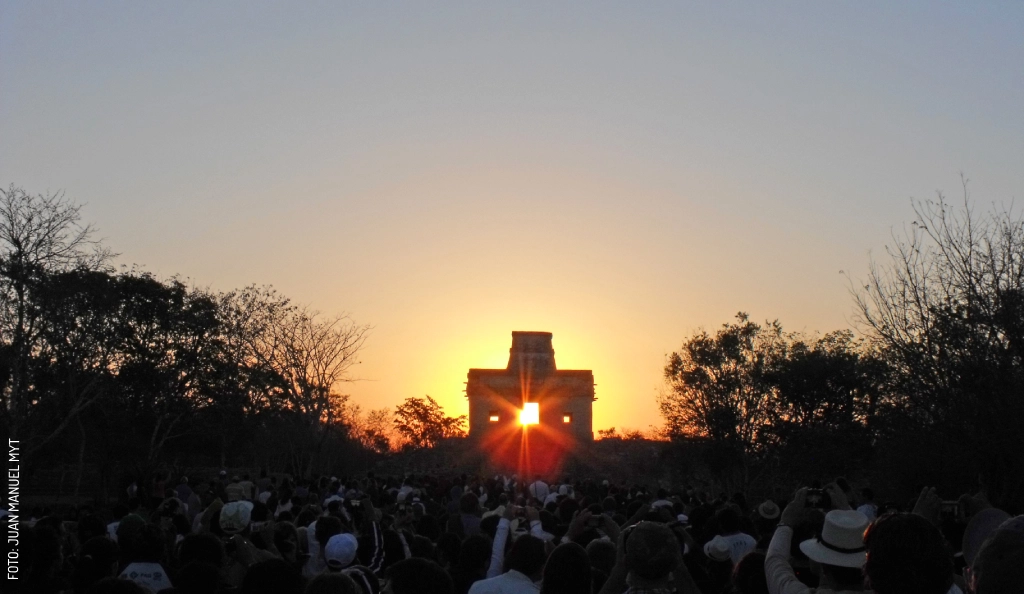
Events and activities


